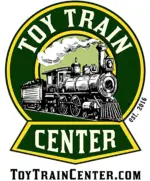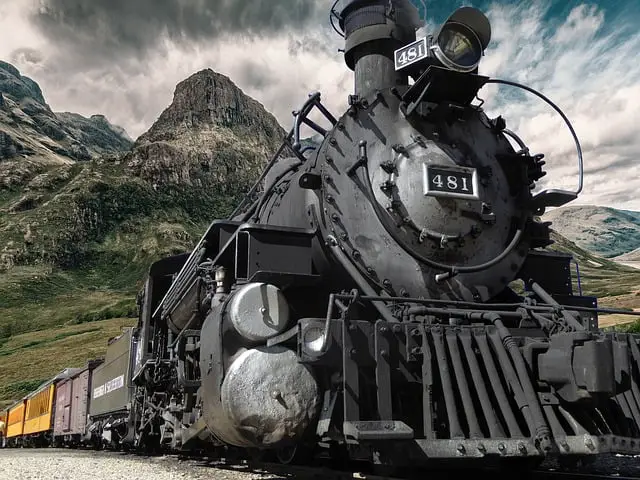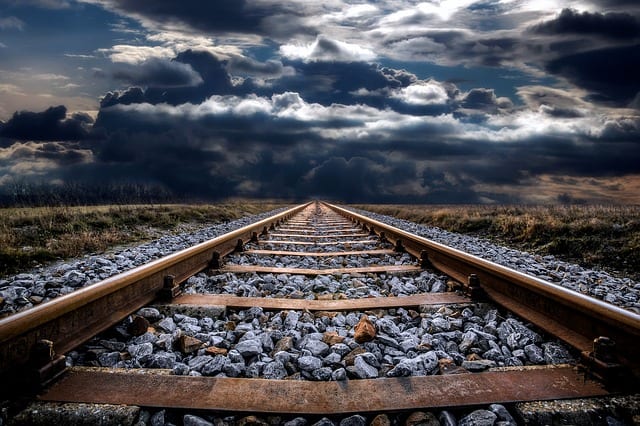Train tracks need to be strong, reliable, and able to weather any storms that mother nature might throw at them. They must be able to resist tremendous stresses and bare immense weight of trains. This means they need to be made of the sturdiest materials available. Which materials are used varies from country to country, and depends on what period of history we are looking at. This article explains everything you need to know about what train tracks are made from.
The rail
The actual rail itself is often made from hot rolled steel. This is a very strong metal and is best suited to withstand the constant weight and stress of trains. There are other metals available that are stronger, but they are far more expensive for no real added benefit. In the past, the rail was made of crude iron. This was nowhere near as strong, was more prone to breaking, and didn’t handle the weather as well. Iron could also only be produced in short lengths, longer ones would break very easily. Constantly using short lengths would quickly make the tracks uneven.
If you imagine iron railway tracks in the wild west, in movies, and literature, you can see the problems the railways had (though exaggerated). Trains did use to come off the tracks far more frequently, the rail would break or erode causing trains to derail and countless lives to be lost. It wasn’t happening every week as it seemed to in old western movies, but it was a very common occurrence. Hot rolled steel can be cast into very long sections of track drastically reducing the number of derailments.
You can read more about just how often trains derailed in the 1800s here.
Ballast
Concrete blocks are used to hold the wooden cross ties in place. The reason being that concrete blocks are easily produced and last longer than stone. Historically, rocks and rubble were used to ballast the railroad ties in place but they would erode and wash away in potential flooding. Concrete can be set deep into the ground holding the tracks in place. It is far safer, far easier to put into place, and it is cheaper to produce concrete than buy rocks and stones. Besides, rocks and stones are often set on top of the concrete anyway.
Railroad ties
Railroad ties are the wooden beams that stretch between both sides of the track. They hold the track in place and are the reason they are always evenly distanced apart. These wooden ties need to be able to bear the weight of the track and train, whilst also resisting rot and mold. This means the woods need to be sturdy, like oak or cedar. The wood is also treated with creosote to make it more weather resistant.
Conclusion
Hopefully, this article has given you everything you need to know about what train tracks are made of. Train tracks need to be as sturdy as possible whilst remaining cost-effective. There is not likely to be a change from the current norm of hot rolled steel tracks and wooden ties, they do just fine. After all, wood has been used as ties since the very first railway line in the early 1800s.







